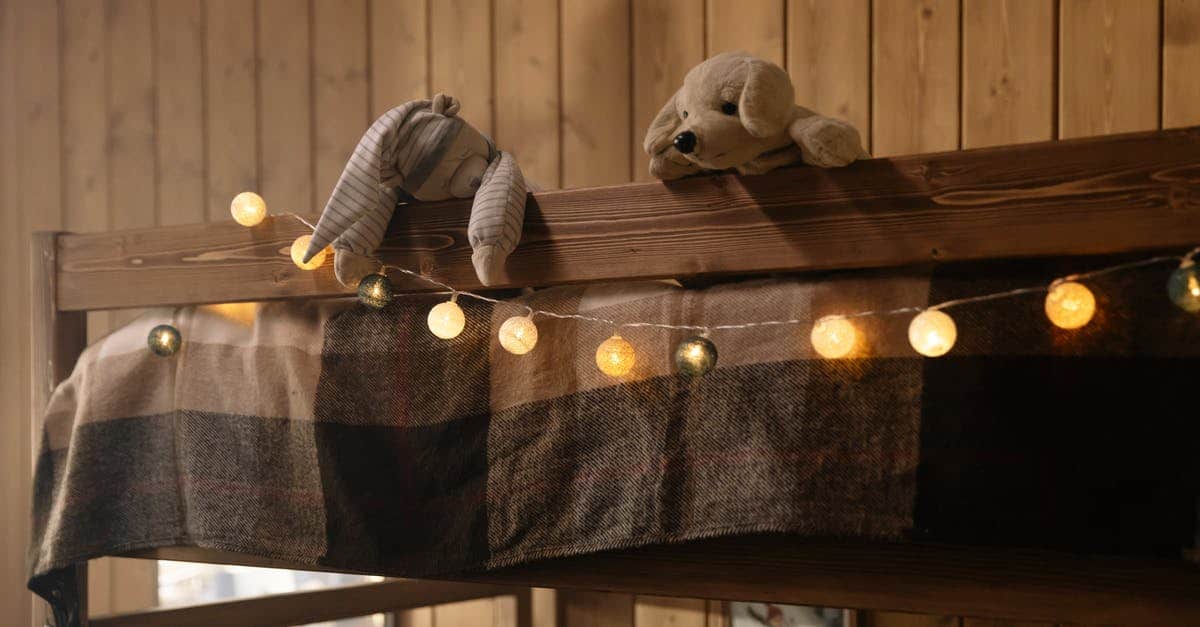
How Do You Handle The Puppy Teething Toys Freeze On Him? The puppy teething toy kit includes 3 disposable plastic toys, a rubber ball and a silicon pad to rub the dog’s nose, mouth and skin. The silicon pad prevents the dog from chewing on the ball while the rubber ball keeps his teeth and gum soft.
The hypo-allergenic cloth is used to gently clean up messes made from the dog’s saliva, as well as to remove any bloody or dried messes from his paws or fur. The cloth absorbs much of the liquid produced from the dog’s teeth, and the hypo-allergenic cloth also helps prevent bacteria from forming on your hands and carpeting. The dog teething toys are a great way to help your pet get through the teething process without having to worry about hurting him.
There are some things you should know about teething puppies. For example, dogs will gnaw on just about anything when they are teething. They do this because they are trying to break free of the long teething pain that they feel. Puppies can be affected by many things that will cause them pain, including food, chew toys, blankets, clothes and shoes. Puppies can chew on almost anything, so it is important that you are aware of what is causing their pain and discomfort.
The Entire Process Of Teething
It is important to keep a close eye on your puppy during the entire process of teething. If the puppy is having an accident, pick him up immediately and place him in his crate or carry him in your arms. Never pick your puppy up, because it will only cause more pain to him. Make sure he has chew toys available throughout the day, even if you are not around to supervise.
When the puppy begins to chew on something, pick him up and place him in his crate. Puppies will not remember what happened, but they will remember that they were not able to satisfy their hunger. This will cause them to want to chew on something to satisfy their need for a source of food. Puppy chew toys are very important because it will help to satisfy your puppy’s hunger.
Common Problems Associated With Puppies
One of the most common problems associated with puppies that are teething is that they will gnaw on any surface that they can get their teeth onto. This can cause discomfort for both you and your puppy. Because of this, it is vital that you understand how to provide your puppy with puppy teething toys that will keep him from having any accidents. Puppy toys that freeze are very beneficial, because puppies do not chew often and when they do, they usually have nothing to chew on.
There are some things that you can do to make sure that the puppy teething toys you are using are going to be helpful. One thing that you can do is to place the puppy teething toys in an area where the puppy can have the opportunity to sharpen his teeth and learn how to chew properly.
A Variety Of Textures
You should also introduce the puppy to a variety of textures as well, because it will help him to recognize the feel of different materials. Puppies have a lot of natural intuition, so it will help to use some of his natural instincts in order to help him understand how he should be using his teeth.
Another important thing that you should do is to teach the puppy not to pull on his teething toys. This will allow him to learn to chew on something without having to force him. When puppy teething toys are used this way, the puppy has little fear of biting the toy in frustration, which can lead to further teeth problems. Instead, he learns to properly chew on the toys.
Final Words
Remember that your goal is for your puppy to learn to relieve himself as soon as he needs to. Using puppy teething toys can help you accomplish this goal, but you need to remember that they are only one tool for this process. You will need to spend a lot of time teaching the puppy how to use a toilet appropriately as well as providing him with lots of opportunities to relieve himself when he needs to.





